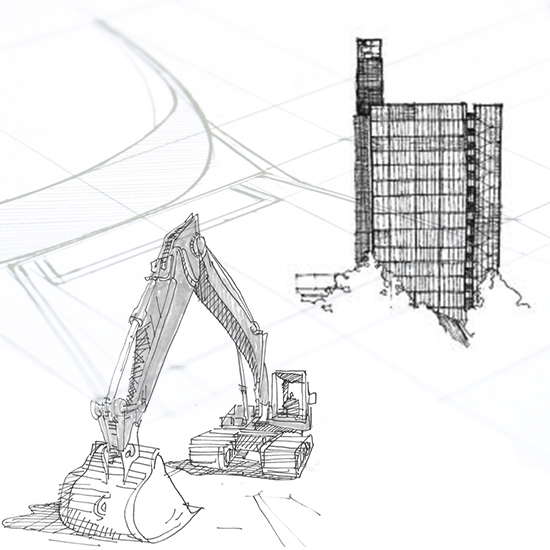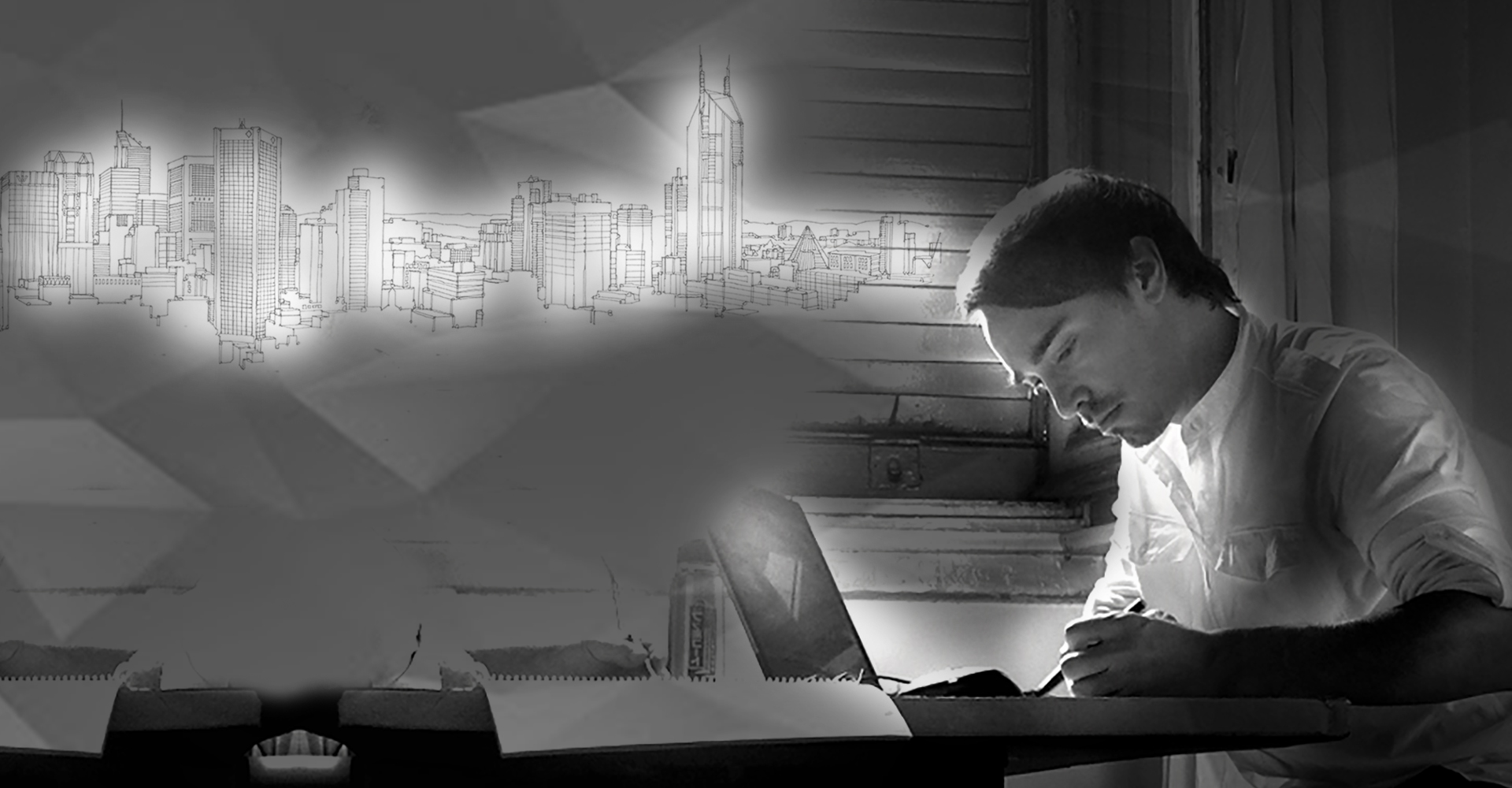
Process
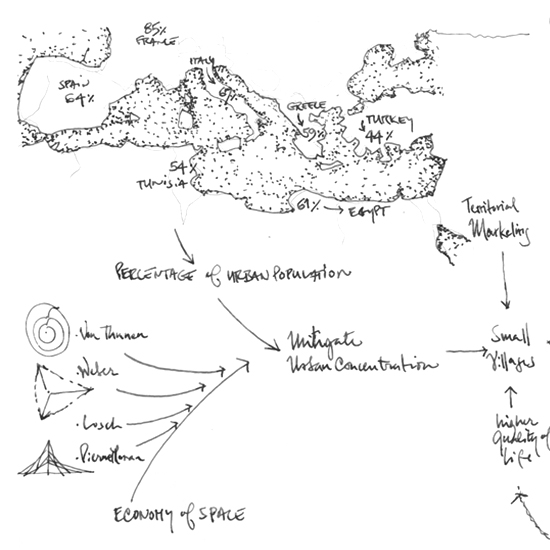
Research, Data Collection & Analyze
The goal of the early stage of design, is to gather data that will present the problems associated with the task, and the research process will effectively continue throughout the design process. A thorough site analysis will start to form a picture of the context of the site, genius loci, its limitations, its merits, problems, and allow the designer to focus on developing a response to these issues. Likewise, discussion with the client, and developing a brief will also lead to valued data about the end use of the product/services/design, its users and overall goals of the project. Discovering historical data relating to the site and surrounding context can lead to developing a concept that perhaps reflects some of this history or his own philosophy. Research can take the form of data collection, discussions, studies but also model making and sketching to discover as much as possible about the site and proposed project. The real experience to research is essential stages of the architecture design process give us a great Vision an Concept Design.
Concept & Sketch
After the research phase of the architecture design process, the designer has collected enough information to begin to establish ideas and concepts, and prepare to develop solutions to the problems that have been identified. The initial research and proposal stages may weave into one another as data is collected and responses are made to that data. As the proposal phase continues, more definite ideas will emerge, and a wide array of tools will be used to convey these early ideas. Sketches and models will be used in plans, elevations and section to develop proposals, along with 3d discoveries to imagine a contextual approach to the design. The sketchy nature of this stage of design allows for fast moving ideas, with the exploration of many solutions in quick succession.
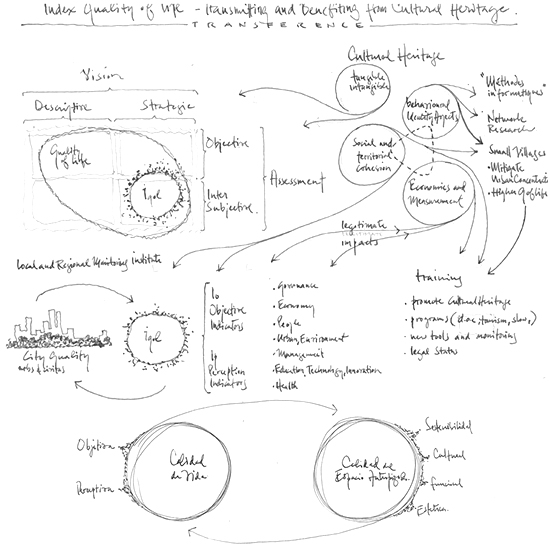
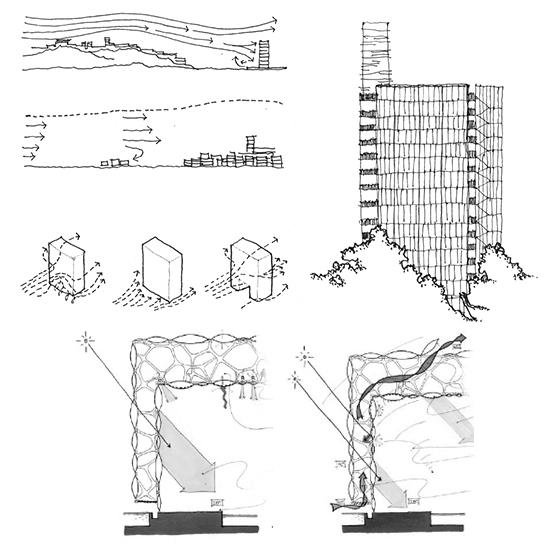
Analysis of proposals
Following the development of initial proposals, these ideas must be analysis and critiqued in order to establish the feasibility of these proposals. It is important to establish the criteria that the proposals will be measured against, be it according to client needs, performance of the building, budget, aesthetics and so on. The criteria is often diverse, and there will be varying factors to evaluate at different stages of the architecture design process. Once these criteria have been established it will be possible to analyse the initial proposals. In a student setting this will often take the form of a crit, which is an opportunity to discuss you design ideas with your peers and tutors. Although the architecture crit is something many students fear, it is a great opportunity for you to be challenged in your ideas, and respond to feedback. The crit will urge you to clearly communicate your initial design ideas. In a professional setting, these initial discussions may be with the client or user, engaging in a dialogue to ensure the criteria are being met, by these early proposals.
Review and develop
The review and develop stage of design can happen numerous times, as we have mentioned the design process is iterative, meaning the process can be repetitive or even cyclical. Design is not a linear process, and can skip around in a random series of responses as it address issues and reacts to changes. After the design has been analysed, the designer can then refine the design ideas and begin to develop the scheme. It may be that the analysis has presented issues with the design that require circling back to earlier stages, in order to refine ideas. On the other hand, the design may only require fine tuning, and can be developed in more focused detail. The refining and development process requires constant reflection on the initial stages of design, referring to research and data collected in the early stages, and revisiting early proposals and ideas. This cycle will continue until the analysis suggests that the criteria of the project have been met and the design is able to develop. This development will proceed through to technical design, as the finer details are established.
